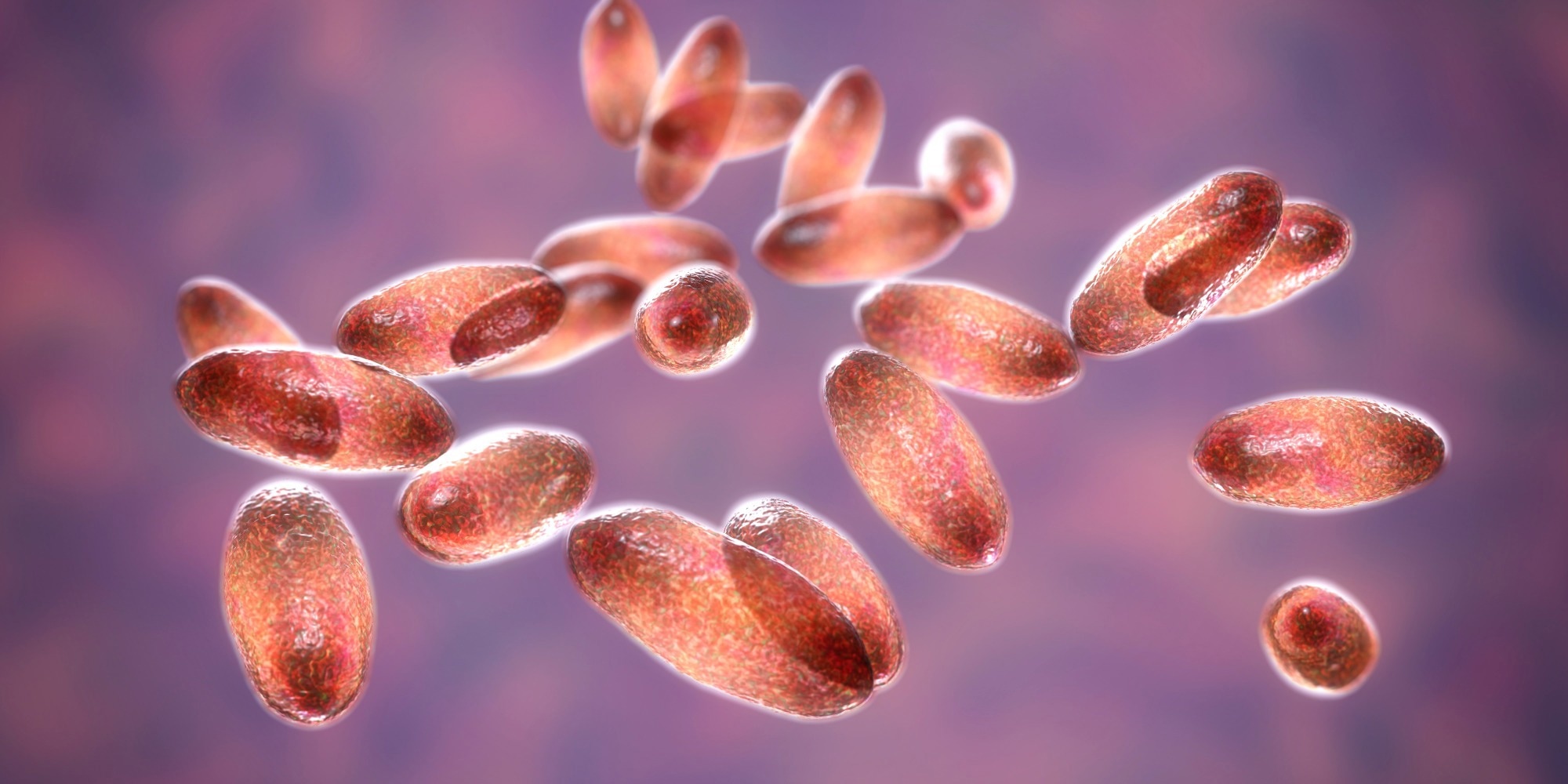In a recent study published in the Proceedings of the National Academy of Sciences, researchers investigated the presence of natural disease reservoirs in medieval and current Europe.
 Study: No evidence for persistent natural plague reservoirs in historical and modern Europe. Image Credit: Kateryna Kon/Shutterstock
Study: No evidence for persistent natural plague reservoirs in historical and modern Europe. Image Credit: Kateryna Kon/Shutterstock
Background
Plagues caused by Yersinia pestis ravaged the globe during the first three recognized pandemics. Whether Y. pestis remained in European wildlife reservoirs or was periodically transported from outside Europe is questionable. To further the discussion on whether plague reservoirs might have evolved due to the ecology of pre-modern Europe, the study statistically examined the environmental variables that characterize active rodent-based reservoirs in China today.
About the study
In the present study, researchers assessed environmental data such as climate and soil characteristics from active plague reservoirs in China to determine whether similar environmental conditions previously existed in Europe.
The team employed the conditional minimum average variance estimation (MAVE) technique to minimize the magnitude of the covariates and created a model using data related to current soil content, meteorology, and altitude from active plague reservoirs in China. Then, the team verified the China-adjusted model by determining if it could accurately predict the active plague reservoirs in the US.
The China-adjusted model was then used to estimate the presence and distribution of European plague reservoirs. For Europe, the study also analyzed two yearly resolved and precisely dated reconstructions of summer temperatures and hydroclimate to determine if climate circumstances over the past 2,000 years enabled plague reservoirs to emerge and survive. A reduced model was evaluated by eliminating the covariate nHost, which was the number of mammalian plague host species.
Results
All covariates in the China-fitted model demonstrated a considerable degree of nonlinearity. Higher levels of cadmium (Cd), uranium (U), copper (Cu), magnesium (Mg), iron (Fe), magnesium (Mg), antimony (Sb), and sodium (Na) in soil, along with a high soil pH, inclined to a greater likelihood of plague reservoir formation, whereas the opposite was accurate for calcium (Ca), molybdenum (Mo), cerium (Ce), and yttrium (Y). Moreover, elevation was linked to a higher risk of plague reservoir emergence, but annual mean temperature (AMT) and annual precipitation (AP) had the opposite effect.
It has been discovered that Chinese plague reservoirs tended to be prominent in places with calcium- or iron-rich soils. Calcium's significance may stem from its function in the production of the cuticle of insects, particularly fleas. Via bioaccumulation throughout the food chain, the proportions of metal in soils might alter the levels of the related ions in humans and animals. In addition, plague-competent host rats were discovered in similar proportions in locations that did and did not have plague reservoirs, indicating that sufficient host species and soil properties are required to establish plague reservoirs. The soil's pH also significantly impacts the mobility and availability of numerous metals, such as critical plague-related elements like Fe and Ca. The significance of these elements could partially explain the inclusion of soil pH in the China-fitted model.
A reduced model without the nHost covariate reduced the extent of explained variation from 91.7% to 83.6%, confirming nHost's excellent explanatory power. Thus, the frequency of plague-host species is one of the most significant indicators of the prevalence of plague reservoirs. A lower proportion of plague-host species could indicate a shortage of plague-competent rodent-host species. The species diversity of Rodentia, and probably their related flea species, is considerably larger in China and the US than in Europe. This showed that ectoparasite and rodent communities in Europe might not be favorable to the development of plague reservoirs in Europe. Furthermore, the average value of nHost in China, the US, and Europe is dramatically different.
Conclusion
The study findings showed that the absence of relevant host species could be the primary reason for the lack of European plague reservoirs in modern times. The findings also support the theory that long-term plague reservoirs did not exist in Europe, thus questioning the significance of wild rodent species as the principal plague hosts in Europe. The researchers believe additional research is required to establish the processes underlying the aforementioned patterns.